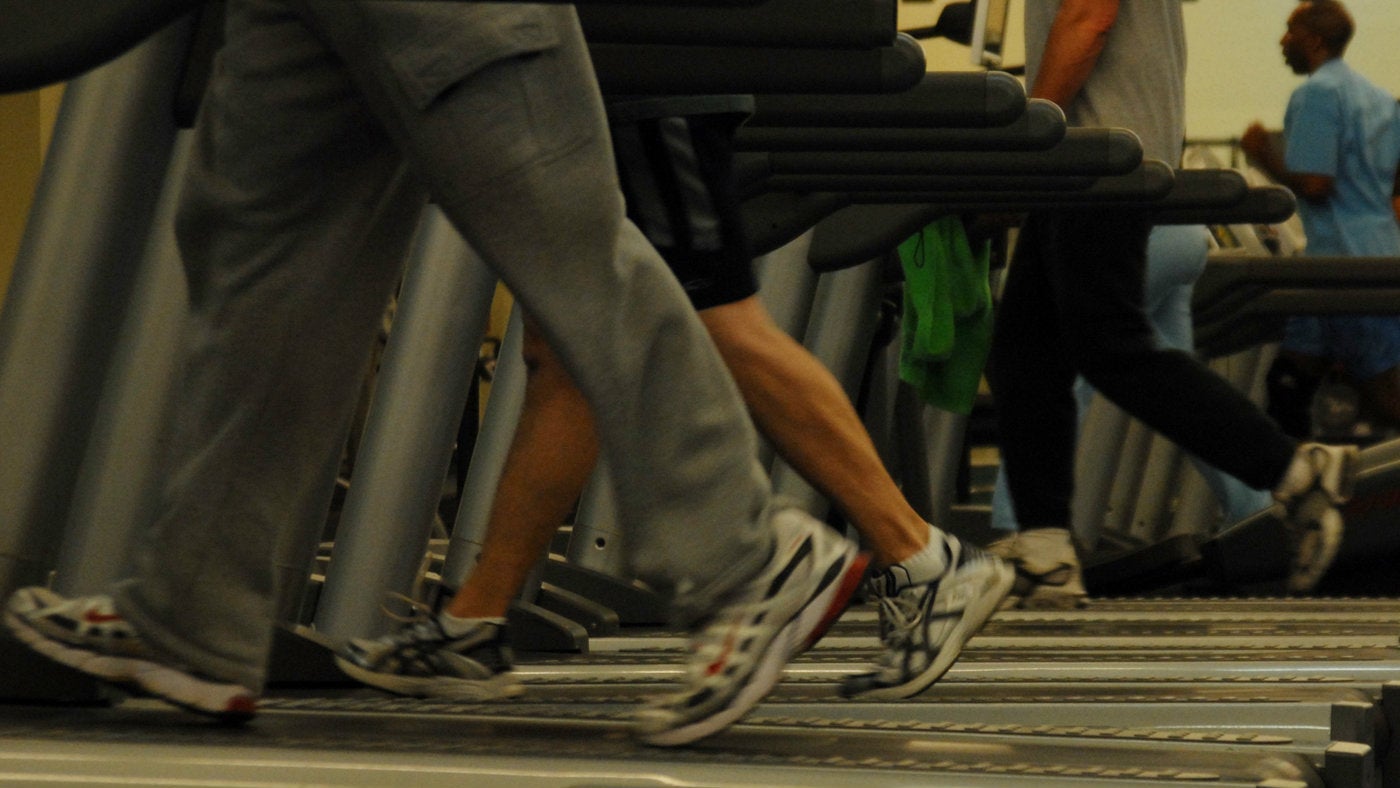Why do Indians hate going to the gym?
Even as gyms and fitness centres proliferate across urban India, hardly any have figured out how to get users to show up after their first few sessions.


Even as gyms and fitness centres proliferate across urban India, hardly any have figured out how to get users to show up after their first few sessions.
Through a recent survey of 1.06 million people aged 20-35 years in Delhi, Bengaluru, Mumbai, and Hyderabad, fitness aggregator Gympik found that only 30% reported having a gym or fitness centre membership. And even in this group, a mere 11% was regular for more than six months.
According to Gympik founder Amaresh Ojha, a big reason for this is that it’s hard to motivate yourself. But, curiously enough, the key culprit cited by 30% of those surveyed is overcrowded gyms, which make it difficult to access machines.
For Ojha, this is because gyms are well aware that sticking to a fitness routine isn’t easy. On average, he said, only 15% of the people who have enrolled actually turn up to a gym. “Keeping this in mind, gyms over-subscribe their membership,” he explained, noting that a space that can handle 200 members a day would likely enroll 2,000 of them.
“So what happens is, normally on a Monday or a Wednesday, people turn up in bulk, and you don’t have access to the machine, or you find it very overcrowded,” he added.
Nevertheless, India’s retail market for fitness is still booming, expected to exceed Rs7,000 crore ($1.05 billion) by the end of this year, according to Gympik’s survey. As of 2016, India had over 18,000 gyms and sports clubs, a category that includes boxing and wrestling gyms, as well as health or bodybuilding clubs, according to Euromonitor International. On top of this, health and fitness startups such as Growfit and Fitso are also cropping up, attracting millions of dollars in funding.
But Gympik’s study reveals that a number of Indians now find hiring personal trainers a better alternative, despite the cost. Many others prefer convenient home workout videos. Moreover, a sizeable proportion is taking to other forms of exercise such as walking (30%), running (24%), cycling (11%), swimming (18%), and sports (18%).